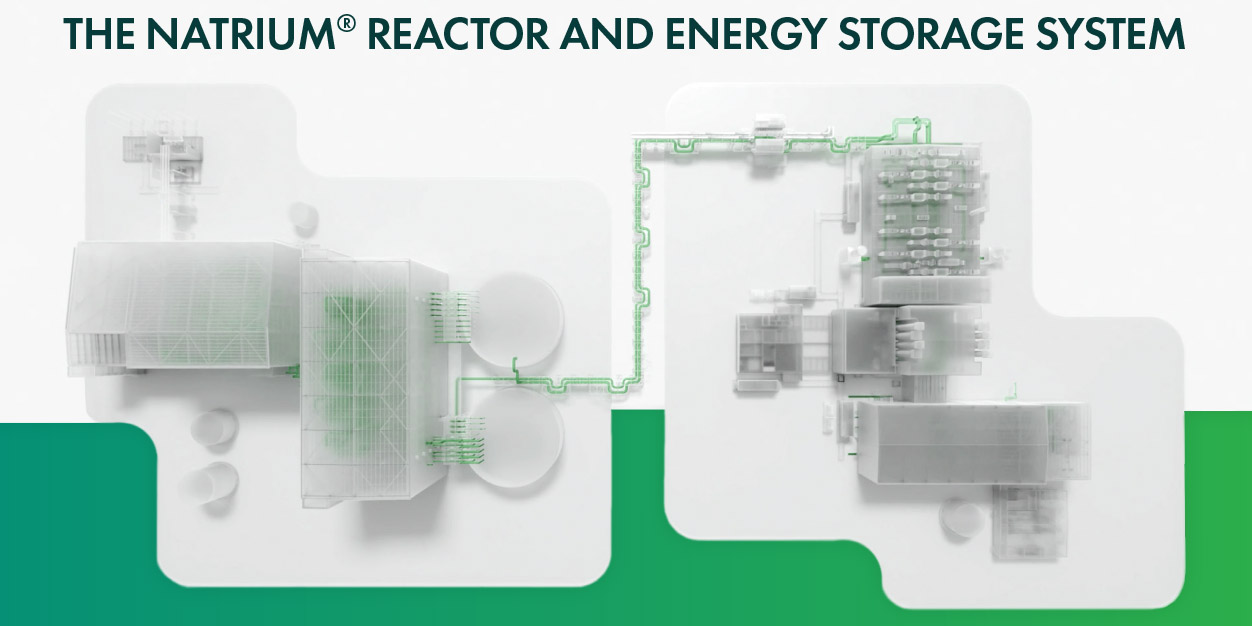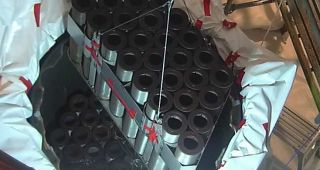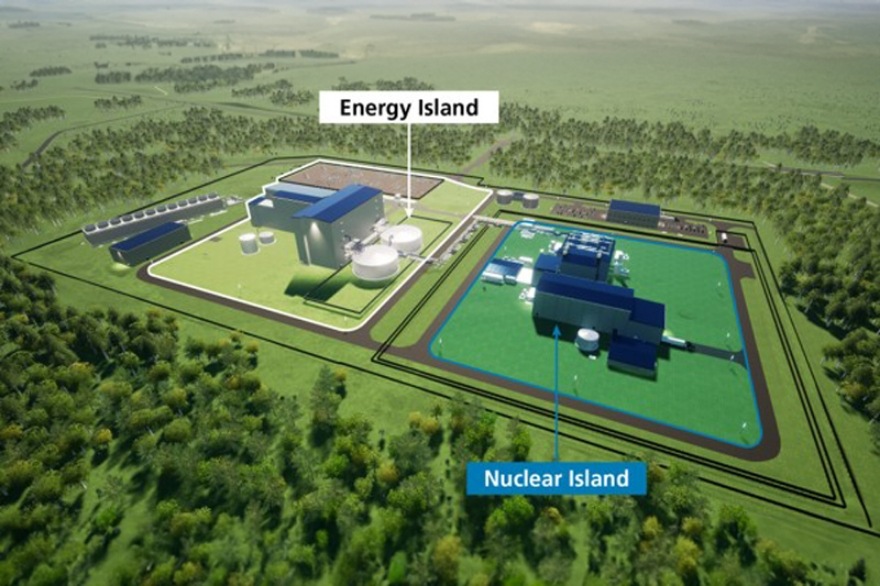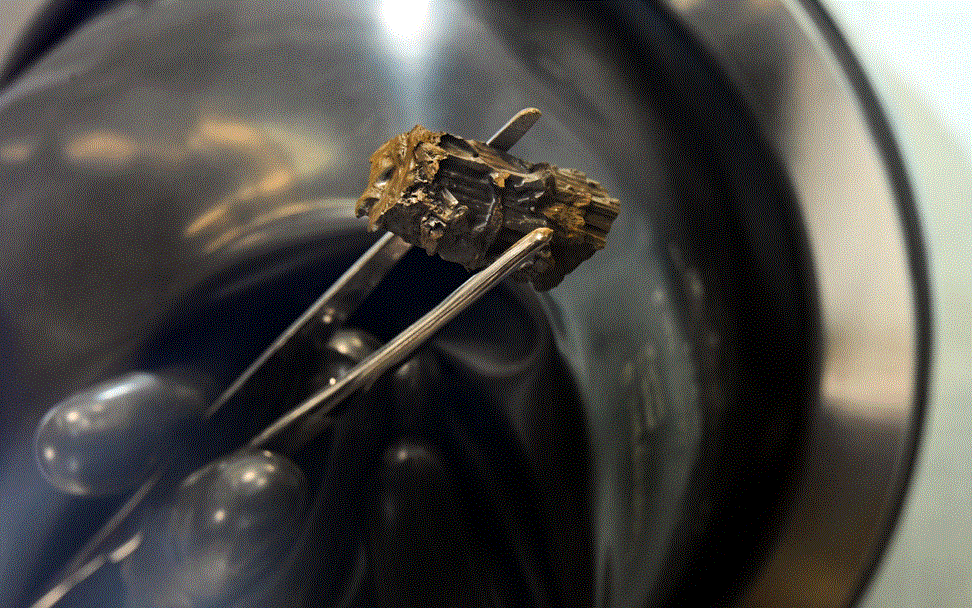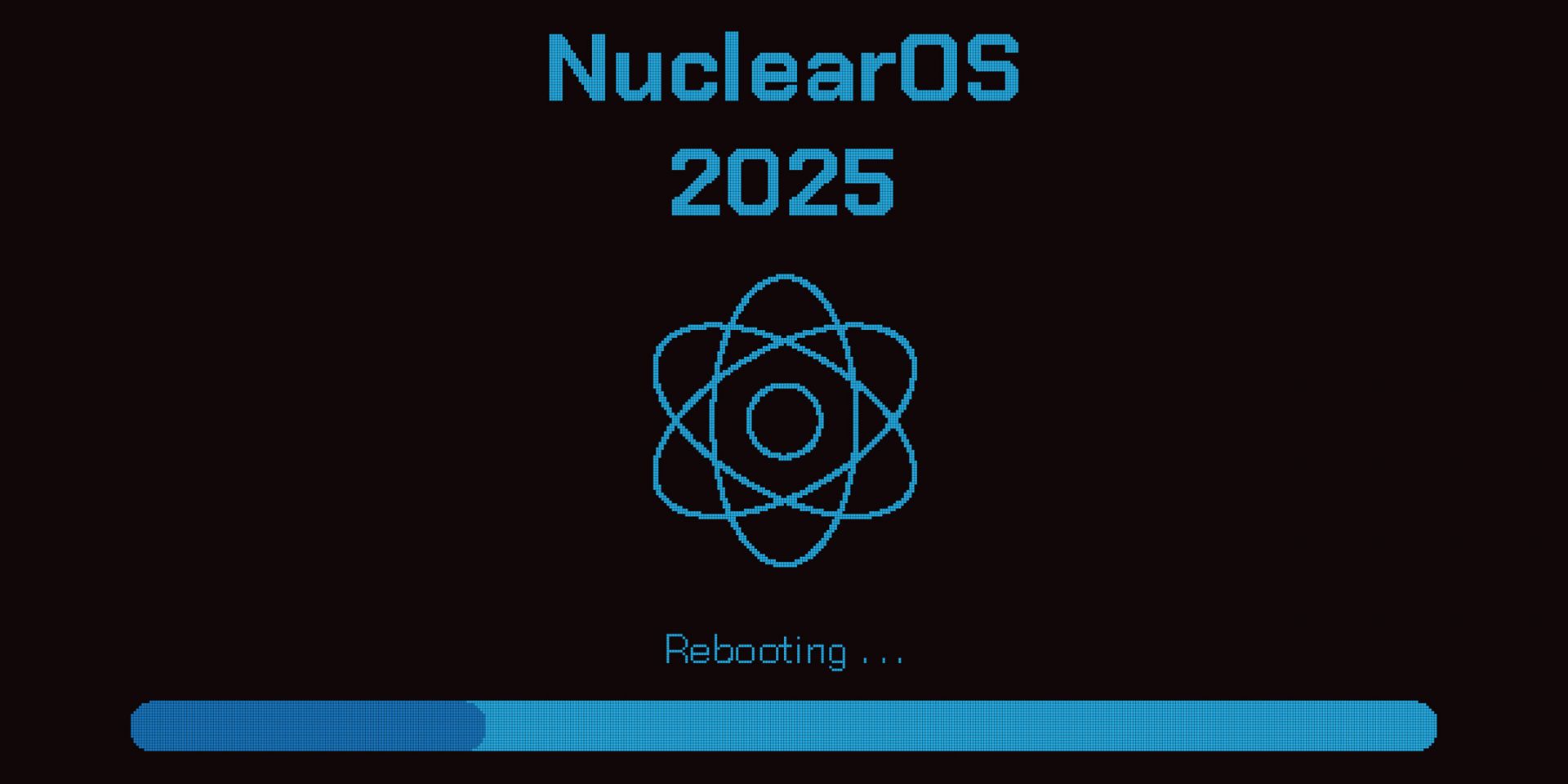Concept art of TerraPower’s Natrium plan. (Image: TerraPower)
The Nuclear Regulatory Commission has whittled down the timeline for reviewing TerraPower’s construction permit application for Kemmerer Power Station Unit 1 in Wyoming. Announcing a new, more aggressive schedule, the NRC said it aims to complete its review by the end of 2025, eight months earlier than originally planned.
An image of the energy island and the nuclear island of a Natrium reactor. (Image: TerraPower)
The Nuclear Regulatory Commission staff has concluded—with an assist from a Department of Energy environmental assessment released in February—that no environmental impact statement is needed for an exemption request from TerraPower that would allow the company to begin construction of the energy island of its planned Natrium sodium fast reactor in Kemmerer, Wyo. The NRC’s EA and finding of no significant impact (EA/FONSI), published on May 7, could clear the way for significant construction to begin while the NRC continues to review TerraPower’s construction permit application.
Isotek employees load canisters of Th-229 that will go to TerraPower to support cancer treatment research. (Photo: DOE)
Workers with Oak Ridge Office of Environmental Management contractor Isotek have surpassed a significant milestone in the supply of medical radioisotopes, extracting more than 15 grams of rare thorium-229 through the Department of Energy’s Thorium Express Project.
Work on Argonne's METL sodium test loop. (Photo: Argonne National Laboratory)
Argonne National Laboratory has successfully swapped out an aging cold trap in the sodium test loop called METL (Mechanisms Engineering Test Loop), the Department of Energy announced April 23. The upgrade is the first of its kind in the United States in more than 30 years, according to the DOE, and will help test components and operations for the sodium-cooled fast reactors being developed now.
Principal investigator Ruchi Gakhar (left), technician Dean Burt (center), and intern Diego Macias, shown loading salt into the loop. (Photo: INL)
The Department of Energy announced March 31 that a new Molten Salt Flow Loop Test Bed at Idaho National Laboratory recently went through its inaugural test run. The closed-loop test system will allow for continuous monitoring and analysis of chloride-based molten salt reactor technology and instruments before the construction of the Southern Company/TerraPower Molten Chloride Reactor Experiment. MCRE—an experimental fast-spectrum molten salt research reactor—will be built at INL’s repurposed Zero Power Physics Reactor, which has been renamed LOTUS (Laboratory for Operation and Testing in the United States).
Uranium chloride fuel salt. (Photo: INL)
Scientists at Idaho National Laboratory continue to make progress on the Molten Chloride Reactor Experiment (MCRE), which entails research and development for the first operational advanced nuclear reactor to use a mixture of molten chloride salt and uranium as fuel and coolant. The experiment is evaluating the safety and physics of the molten chloride fast reactor that Southern Company and TerraPower are planning to build.
Concept art of TerraPower’s Natrium plan. (Image: TerraPower)
Progress continues for TerraPower’s Natrium plant, with the latest win coming in the form of a state permit for construction of nonnuclear portions of the advanced reactor.
The Mickey Mouse–shaped solar array near Epcot is made of 48,000 solar panels and is operated by Duke Energy. (Photo: Duke Energy)
There is extra significance to the American Nuclear Society holding its annual meeting in Orlando, Florida, this past week. That’s because in 1967, the state of Florida passed a law allowing Disney World to build a nuclear power plant.
